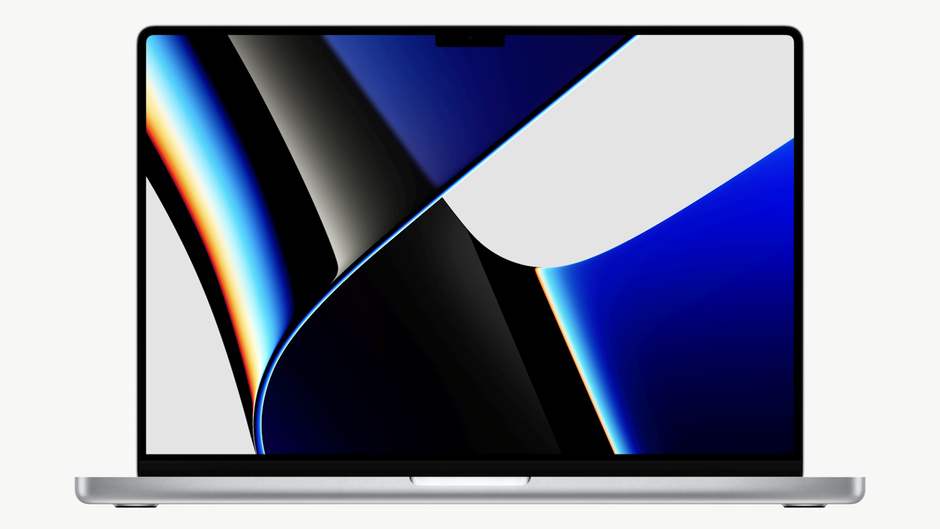Everything you need to know about Apple’s new MacBook Pro

October 18th was Apple’s October event. We would just going to call it their MacBook Pro Event. The event wasn’t just about the MacBook Pros, there was some audio stuff too. Apple introduced a new Apple subscription service, basically a lower tier of Apple Music through Siri that’s $5 a month. There’s a new Home Pod mini with different colors and also a new third generation AirPods.
The M1 chip, which seems pretty recent has been around for a little while now, which at the time of release was a pretty huge jump, compared to all the Intel stuff that was in Macs before. This was the first time we were getting Apple silicon inside Apple machines and all that integration gave a much better performance and much better efficiency in the MacBook Air, the MacBook Pro 13, the iMacs and in the Mac mini.
After all that stuff came out, it left of people wondering when all these was going to be available at a pro level. A lot of users needed higher-end Apple processors for the really intense workflows as those Intel chips were the ones available in the higher-end MacBook Pros.

Basically, a lot of users were looking for higher-end Apple processors for the higher-end bigger machines. And so that’s what Apple finally delivered. They released two new chips. The M1 Pro and M1 Max. So this is the upgrade, the Apple silicon unleashed, you might say. The M1 Pro chip has a 10-core CPU, 8 high-performance with 2 high-efficiency, cores and a 16-core GPU with up to 32 gigs of RAM. Although that doesn’t sound like a lot, but keep in mind, this is just the first tier Pro chip. Same shared memory architecture, still built on the five-nanometer process, but it’s basically, simply, a physically scaled up M1 chip.
Apple is saying that it will deliver a 70% faster CPU performance and 100% faster GPU performance over the M1, the already really good M1, which was a head and shoulders
over the Intel chips that came before it. Then, there’s also the M1 Max. Which, again, scaled up even further, and it’s mostly in the GPU department. So technically, it’s a bigger system on a chip. This time, it’s the same 10-core CPU but up to 32 cores of GPU and up to 64 GB of shared memory and four times the M1’s graphic capability.

The questions Macbook users had was that since they are replacing all the systems with integrated GPU, but what about when they get to the bigger systems if they would have dedicated graphics cards. Also, if Apple was going to continue to have dedicated graphics cards or would they build it all in. Of course, in the laptop world, it makes sense for efficiency’s sake to just build it all in. That’s exactly what they did, and that’s where we see really impressive performance per watt numbers with M1 Pro and M1 Max.
These redesigned laptops brought back MagSafe, a magnetic pin-based reversible charging connector on the side of the laptop. The highly beloved 67 or 96 watts on the 14-inch, depending on if you have the baseline or the 10-core and 140 watts on the 16-inch for faster charging. Users can still charge via USB-C if they want to. Apple also got rid of the Touch Bar and put back real function keys at the top of the laptop. Full-sized buttons too. There’s a fingerprint Touch ID sensor on the top right-hand corner.
They also brought back ports, real ports. They added ports that they had previously removed from MacBook Pros.
The headphone jack which is still there now supports high impedance headphones. The actual display itself is also much improved as both sizes now have 120 hertz ProMotion Liquid Retina XDR display, so up to 1600 nits of peak brightness for HDR. Now having real HDR screens, high-res screens is a massive unlock for creators looking to jump into an HDR workflow.
The laptop does not have Face ID, although it was finally fitted with 1080p webcam. The display is a 16 x 10 display underneath the new notch. The extra screen real estate at the top of the screen is basically where the menu bar can permanently live and not overlap your content.
BATTERY
Now these laptops also have an improved battery life, 17 hours of video playback on the 14 inch and 21 hours on the 16 inch, which is now the longest battery life ever in any Apple laptop. The fast charging with MagSafe is going give you up to half battery in half an hour
Apple has also improved the speakers and the microphones on both laptops.
Conclusion
Yes, these are the laptops that a lot of people were waiting a long time for.
For creators who edit videos with their laptops, that workflow has been really constrained. And there are plenty of other workflows that have been really constrained on laptops, too. Even if you do get a high-performance laptop, it’s not going be smooth running After Effects, running Cinema 4D with those big projects and lots of layers.
This could be a game changer. This could be very different. It seemed like every time Apple showed any sort of numbers or comparisons in this keynote with especially M1 Pro and M1 Max looked pretty good. M1 Pro should be awesome. M1 Max should be even more awesome, and with all the optimizations around macOS and ProMotion, it should be a pleasure also to use in just regular use if you’re not in your creative workflow. These laptops finally really feel like great, much better pro laptops for professionals.
